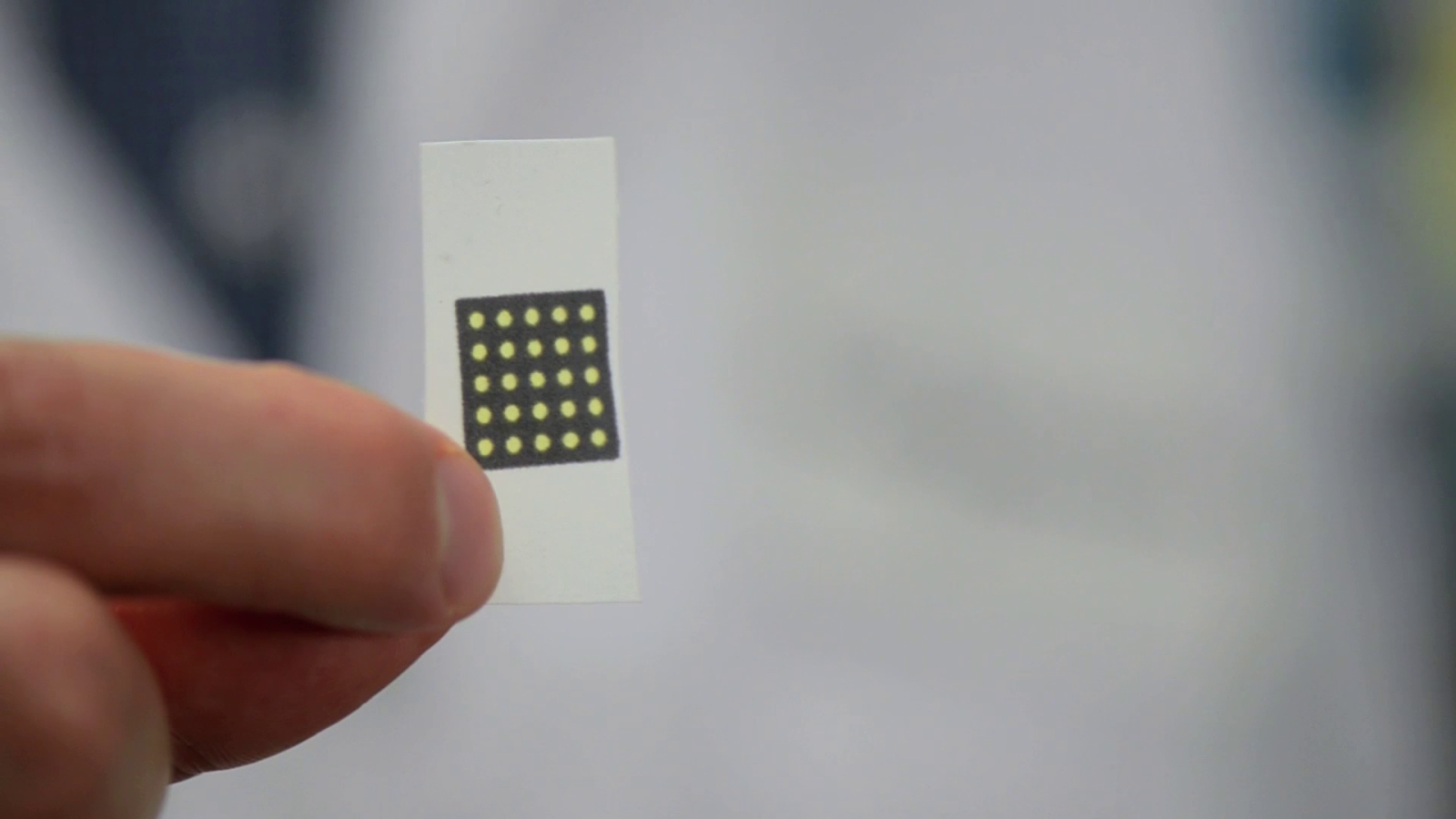Scientists have developed a portable, low-cost, and rapid test for the Zika virus  that will soon be deployed in the field to quickly screen patients.
that will soon be deployed in the field to quickly screen patients.
An outbreak of the Zika virus started in Brazil last year and has been linked with the birth defect microcephaly, where babies are born with abnormally small heads and incomplete brain development.
Unfortunately, since most infected adults are carriers with mild or no symptoms, the number of patients requiring Zika diagnosis is multiplied, and this is straining our public health systems.
Currently, inefficient diagnosis is holding up our ability to respond to infection. Early-stage Zika diagnosis involves testing for the virus' genetic material using expensive and highly technical equipment. However, it can take days to receive a result, and, right now, the Centers for Disease Control and Prevention, USA have over a three-week backlog of samples to test.
Later-stage diagnosis is usually done by detecting virus-specific antibodies, but cross reactions with related flaviviruses (e.g., dengue and yellow fever) often causes false positives.
Revolutionising the standard testing protocol, Professor Keith Pardee at the University of Toronto, and an international team of collaborators, has developed a new paper-based test.
In this new test, a small sample of saliva, urine or blood is applied to a postage-stamp-sized paper with sensors specifically tuned to the Zika virus. If the virus is present, even at low concentrations, the paper turns purple within the hour.
Not only is this new technology cheap, costing less than $1 per test, it requires little to no training or equipment. Due to the specificity of the test, Zika and dengue are easily differentiated.
Unbeknownst to the user, the test applies sophisticated synthetic biology. First, the genetic material in the sample is amplified with a cocktail of enzymes and other molecules required for replication.
Then, the embedded synthetic gene networks, which have been programmed to detect a particular Zika gene sequence, cause the paper to change colour if the virus is present.
Last, using a highly specific recognition mechanism derived from bacteria, the test can detect specific gene signatures of the virus and identify the strain of Zika.
Most incredibly, all of the test components can be freeze-dried onto paper disks and stored at room temperature until use.
The team has produced proof-of-concept prototypes, and are eagerly securing resources to translate the new technology into a viable product. Therefore, public availability of the new Zika test may only be months away.
This new technology has tremendous potential for future health threats due to the quick design of new tests. Remarkably, the team was able to prototype and test 48 Zika sensors in less than 7 hours. The methodology developed here can be applied to the design of brand new sensors for a multitude of diseases in a matter of days. Their results were published in Cell on May 6, 2016.










Comments
Add a comment